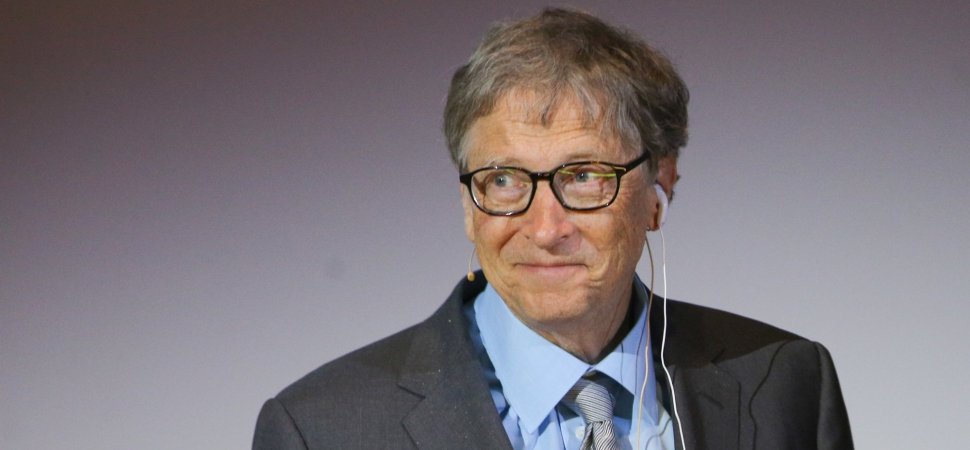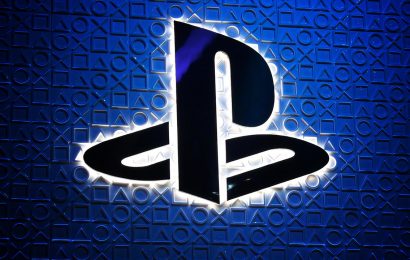From robot dexterity to vegan burgers and custom cancer vaccines.
Every year, MIT Technology Review combs through recent inventions and picks the 10 new technologies most likely to break through into the mainstream and change the world. This year, legendary Microsoft founder Bill Gates curated the list.
Both Gates and the magazine have an impressive track record predicting big innovation. Prior magazine lists correctly predicted the huge impact of data mining, wireless sensor networks, reality mining, engineered stem cells, cloud streaming, crowdfunding, genome editing, reusable rockets, Slack, Babel-fish earbuds, and dozens more game-changing innovations.
Gates, of course, has correctly predicted the impact of personal computers, graphical user interfaces, online home monitoring, smart advertising, and more. And while nobody gets it right all the time (Zune, anyone?), I find these lists incredibly informative.
Here’s this year’s list, which was published in February:
- Robot dexterity
- New-wave nuclear power
- Predicting preemies
- Gut probe in a pill
- Custom cancer vaccines
- The cow-free burger
- Carbon dioxide catcher
- An ECG on your wrist
- Sanitation without sewers
- Smooth-talking A.I. assistants
Some may prolong life. Others focus on improving the quality of life. All 10 have several things in common.
Defensible IP
Each of the inventions on the list will take millions, if not billions, of dollars to get to market and be widely adopted. To earn the reward for taking the risk, you need the kind of deep intellectual property that these 10 categories share.
Adoption assures that you have a sustainable competitive advantage. Take the smartwatch example: In April, Apple won 50-plus patents covering multiple Apple Watch inventions. That’s how the tech giant plans to stay ahead.
Blue Ocean Strategy
In a book by the same name, authors W. Chan Kim and Renee Mauborgne write:
“Blue ocean strategy is the simultaneous pursuit of differentiation and low cost to open up a new market space and create new demand. It is about creating and capturing uncontested market space, thereby making the competition irrelevant.”
The success of Netflix, Tinder, Wikipedia, and Airbnb are all examples of blue ocean strategy. Similarly, the startups driving Gates’s top 10 new technologies hope to cause sea changes in their industries.
They can do so by focusing on solutions that are both exponentially more valuable to end-users and lowering cost – whether it’s fiscal, environmental, or something else entirely. Look at prediction No. 6: the cow-free burger. According to MIT:
Depending on the animal, producing a pound of meat protein with Western industrialized methods requires 4 to 25 times more water, 6 to 17 times more land, and 6 to 20 times more fossil fuels than producing a pound of plant protein.
That’s why startups like Impossible Foods and Beyond Meat feel confident that they can disrupt their massive industry.
Creative Destruction
Economist Joseph Schumpeter writes in his book Capitalism, Socialism, and Democracy that the “gale of creative destruction” describes the “process of industrial mutation that incessantly revolutionizes the economic structure from within, incessantly destroying the old one, incessantly creating a new one.”
In plain English: Creative destruction occurs when a startup displaces an incumbent market leader by offering an exponentially better solution. Those meat-free burger companies hope by offering a healthier and eco-friendlier alternative, they will disrupt the cattle industry. Your startup needs the same type of advantage to succeed.
The 10x Rule
The 10x Rule states that to dislodge incumbent market leaders, you must be 10 times better–faster, cheaper, stronger, or otherwise. All of Gates’s favorite new inventions follow the 10x Rule.
Take predication No. 7: the carbon dioxide catcher. This technology can reportedly capture up to 90 percent of CO2 emissions produced from fossil fuels in electricity generation and industrial processes. That’s at least 10 times better than the current alternatives (like carbon taxes). Startups including Carbon Engineering (which is monetarily backed by Gates), Global Thermostat, and Prometheus all are jockeying to lead this space.
You should take note, no matter your industry. Ask these questions: How could this impact my business? If Gates is correct, how will this affect my business model?
If you answer those two questions effectively, you can leverage these 10 breakthroughs–and hopefully follow Gates into the successful founders’ club.
Source: inc.com




